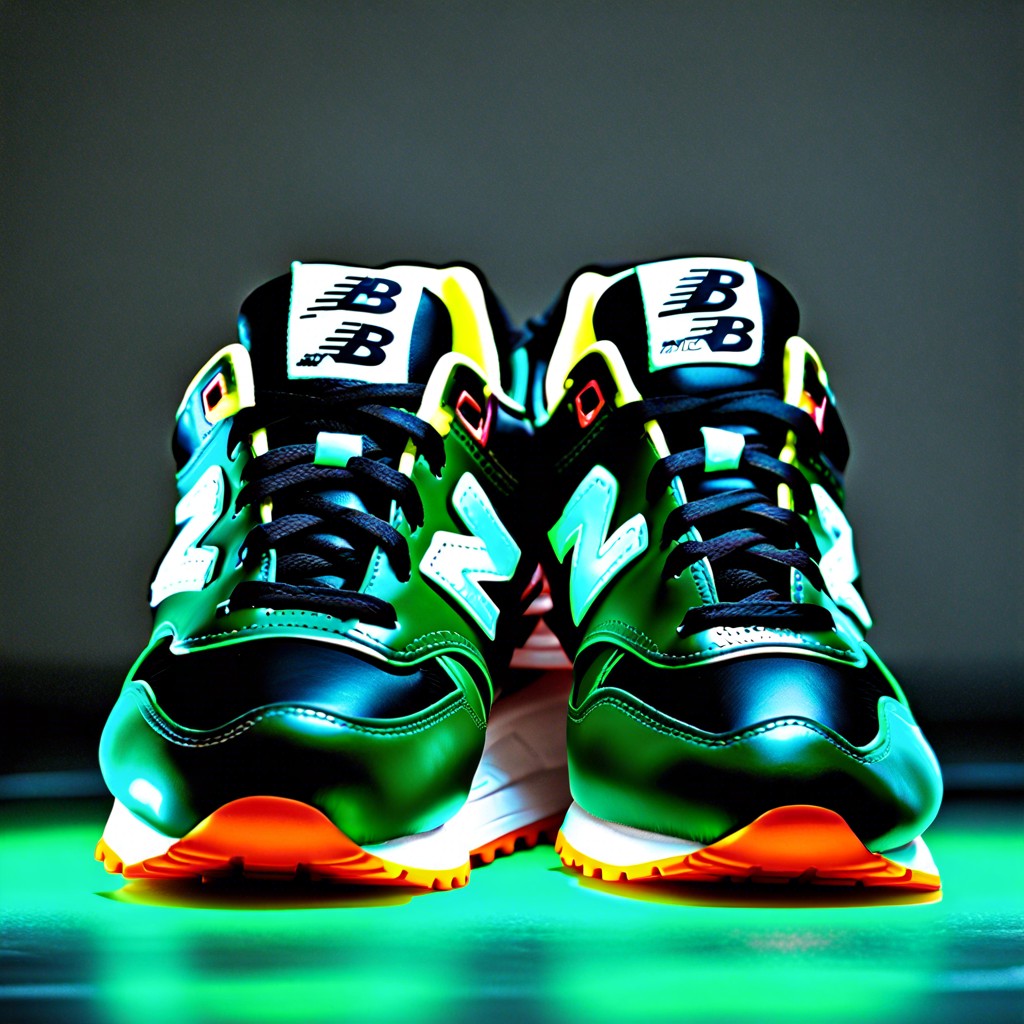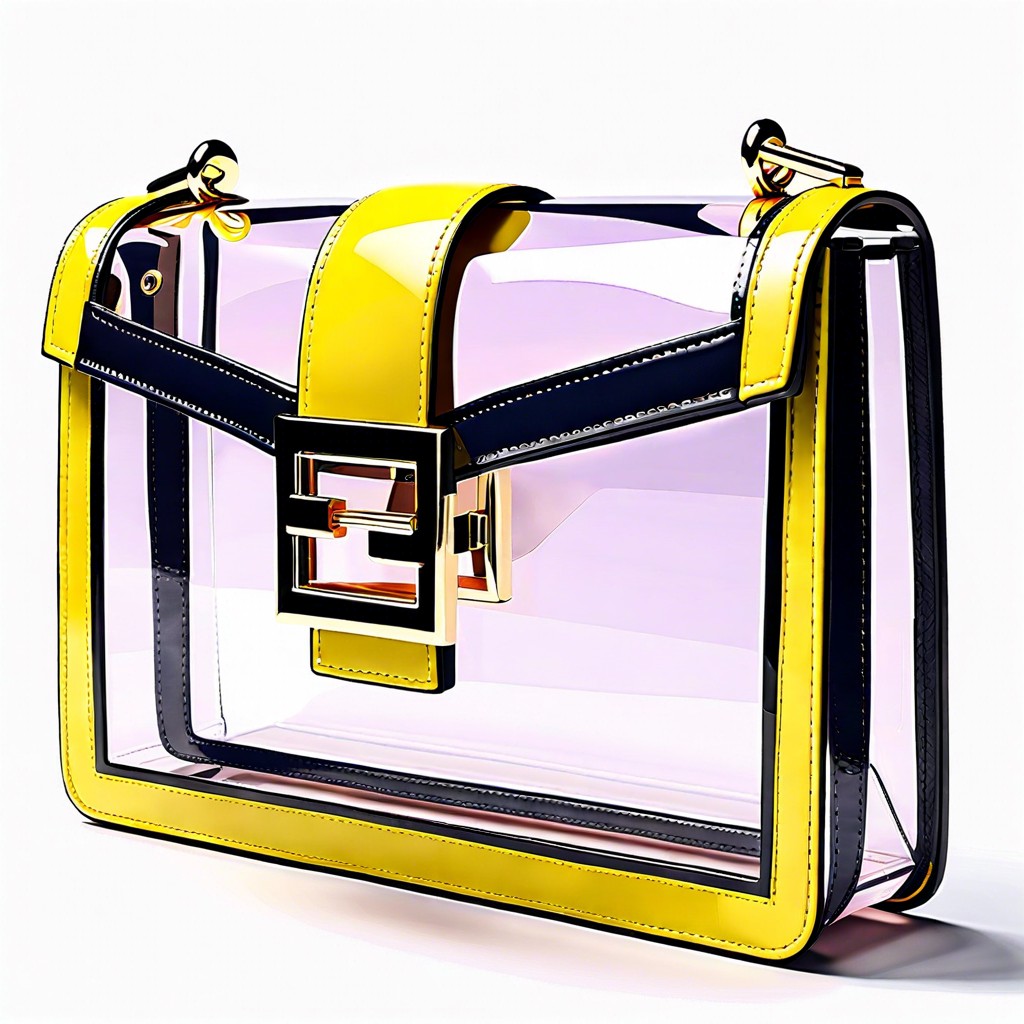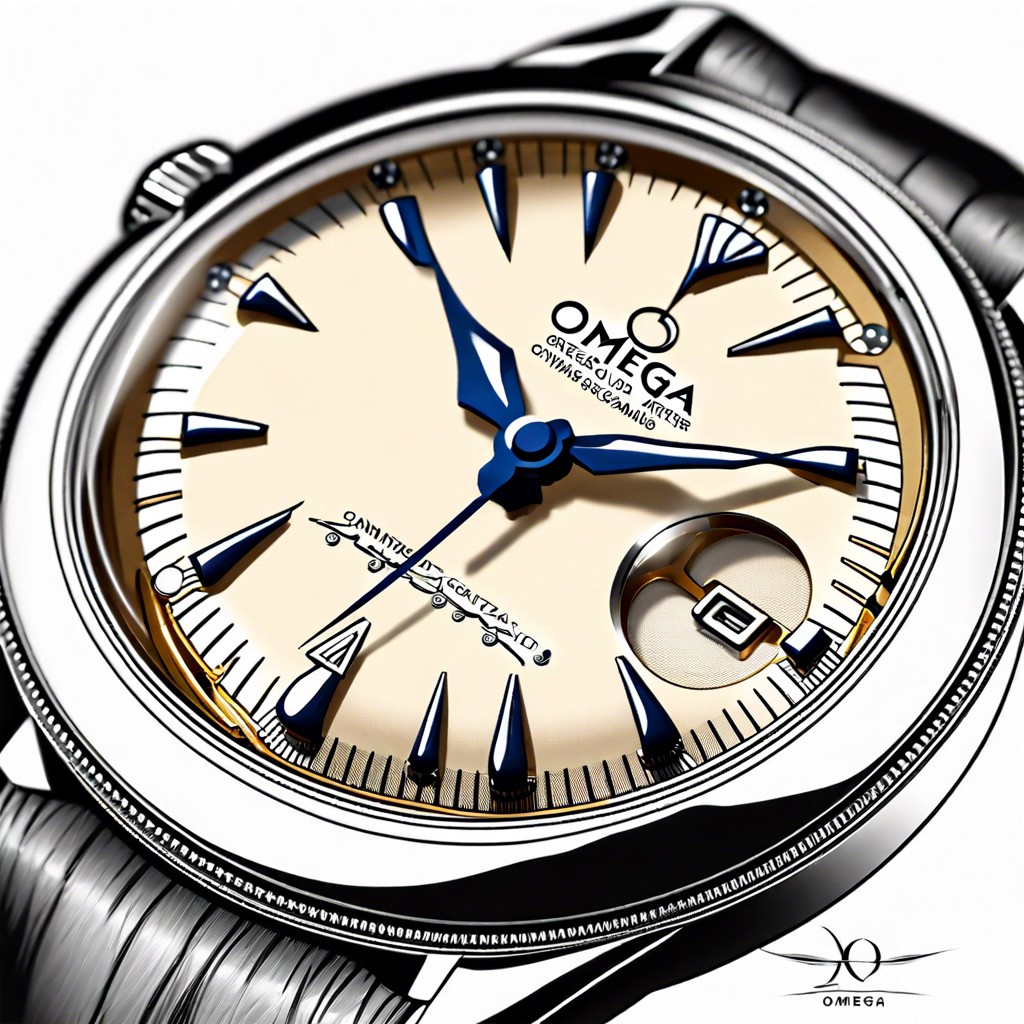Last updated on
Discover practical advice on selecting the perfect antique wedding ring that matches your style and heritage.
Key takeaways:
- Antique wedding rings reflect historical customs and craftsmanship.
- Traditional metals like gold and platinum were commonly used.
- Gemstones beyond diamonds, such as sapphires and pearls, were popular.
- Each period has distinct styles, from Victorian to Art Deco.
- Identification and hallmarks provide valuable information for authentication and evaluation.
Historical Significance
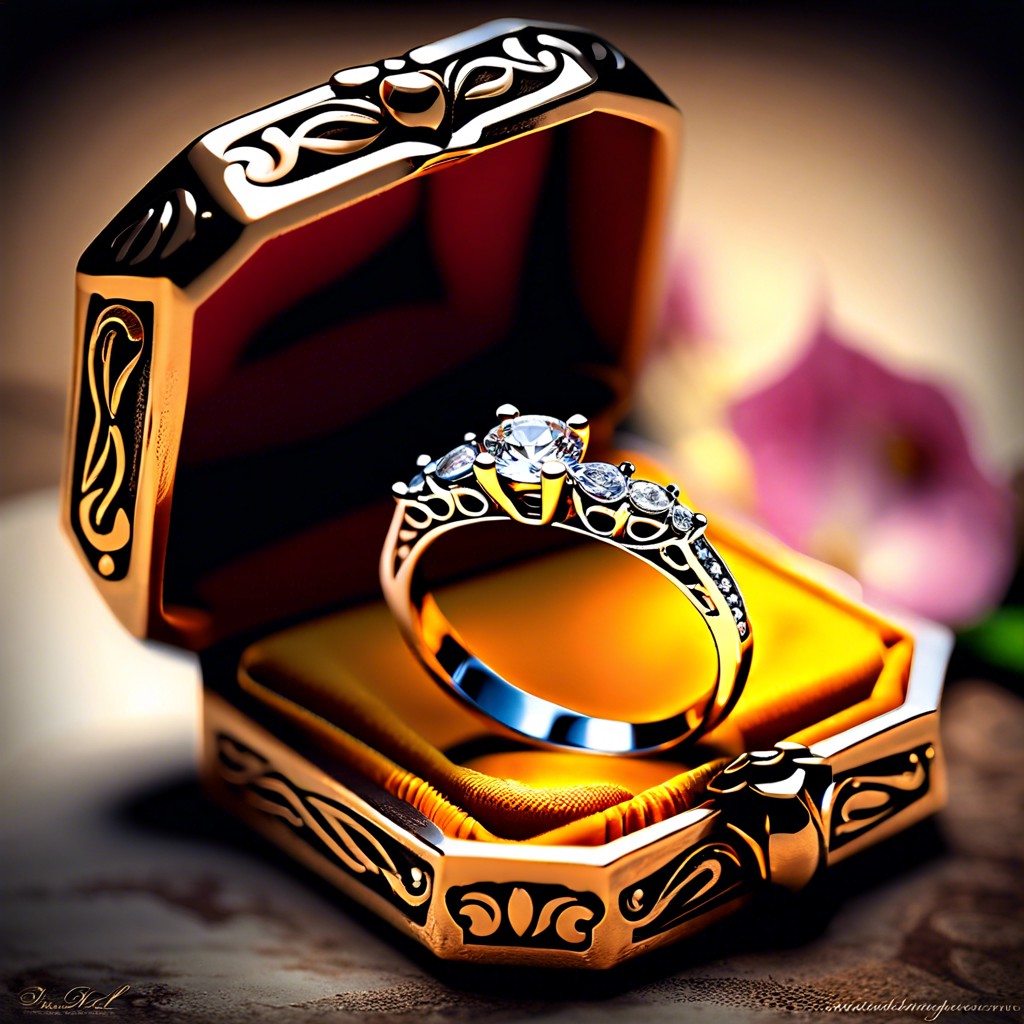
Antique wedding rings embody the social and cultural mores of their era. These rings serve as tangible links to past customs and craftsmanship and reflect the evolution of marital symbolism over centuries.
The tradition of exchanging rings, dating back to ancient Egypt, has imbued these heirlooms with eternal significance, signifying love, commitment, and unity.
During the Victorian era, romantic motifs and intricate designs flourished, while Art Deco pieces heralded geometric shapes and bold lines.
The Great Depression and subsequent periods saw a shift toward simplicity and functionality in jewelry design.
Each ring’s history is etched not only in its material but also in its design, telling a unique story of its time.
Collectors and enthusiasts often seek these pieces not only for their aesthetic appeal but also for the intimate narratives they encapsulate.
Materials Used in Antique Wedding Rings

Traditional metals such as gold and platinum were favored for their durability and luster. Within the realm of gold, variations in color emerged through different alloy compositions, leading to the creation of yellow, rose, and white gold, each with its unique appeal. Silver, while less common due to its softer nature, was also employed in certain periods, particularly in the Victorian era.
Gemstones in antique wedding rings range beyond the classic diamond. Sapphires, rubies, emeralds, and pearls were popular, often chosen for their meanings; sapphires symbolized fidelity, while pearls were associated with purity. Cut styles of stones varied, with rose cut and old mine cut diamonds offering a distinct, historic look compared to modern counterparts.
Enameling was another technique often utilized in antique wedding rings, offering intricate design possibilities with a spectrum of color options.
It is worth noting that the patina developed over time on antique jewelry is not only a hallmark of age but also a characteristic that many collectors and enthusiasts cherish for its unique beauty.
Periods and Styles

Understanding the progression through different eras is essential when examining antique wedding rings. Victorian rings (1837-1901) often feature intricate designs with romantic motifs, while Art Nouveau pieces (1890-1910) are characterized by their graceful, organic lines and use of semi-precious stones.
The Edwardian period (1901-1910) introduced delicate filigree work in platinum, and the Art Deco era (1920-1935) favored bold, geometric shapes and a preference for diamonds. Retro rings (1935-1950) typically exhibit a larger, more extravagant style with a focus on gold.
Identifying the period of a wedding ring not only helps to authenticate it but also to understand the craftsmanship and cultural influences of the time. This enables a greater appreciation of each piece’s unique historical context.
Identification and Hallmarks
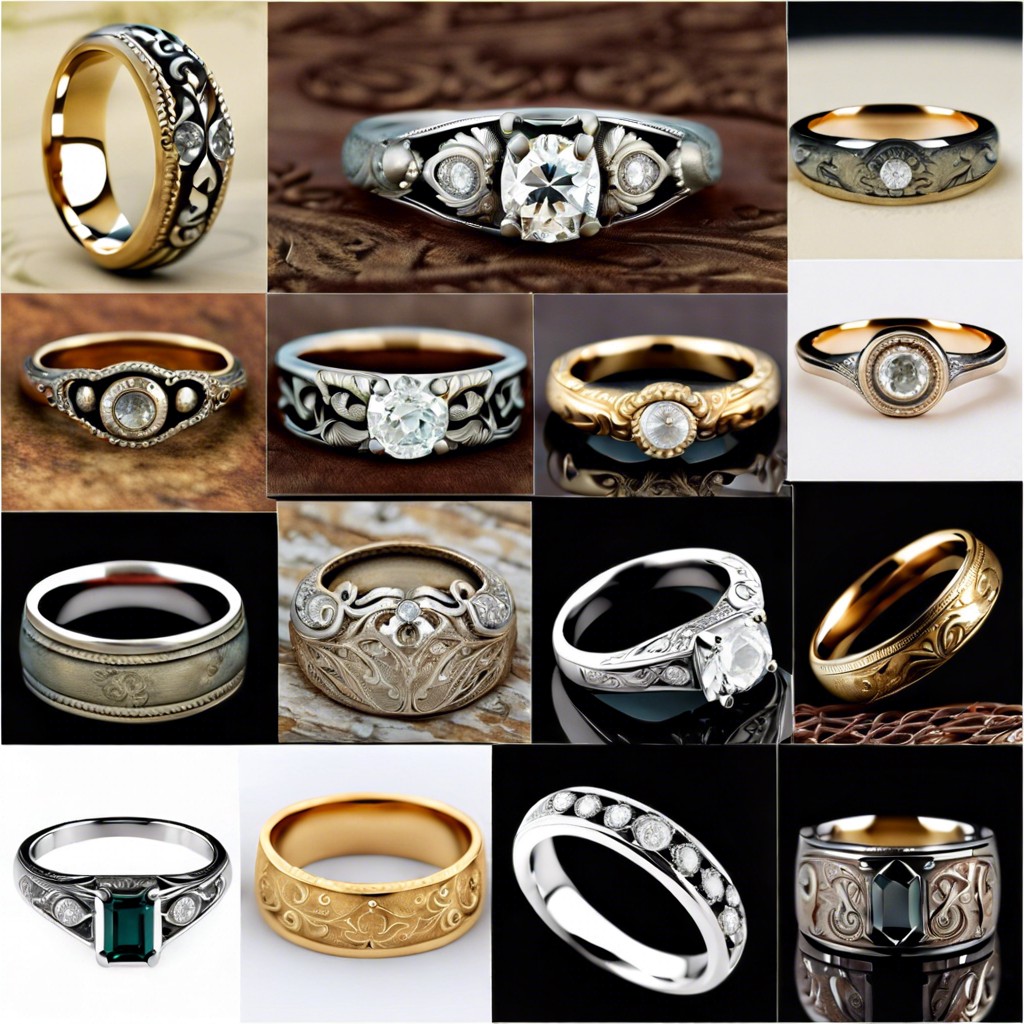
Knowing how to identify and interpret hallmarks is invaluable when handling antique wedding rings. Hallmarks can reveal the ring’s origin, jeweler, and metal quality. Common marks include maker’s marks, assay marks indicating purity, and date letters.
For American jewelry, look for ‘14K‘ or ‘18K‘ stamps for gold purity, ‘PLAT‘ for platinum, or specific maker’s marks. British pieces often carry symbols from assay offices such as London’s leopard’s head or Birmingham’s anchor.
Condition affects value, so examine the legibility of these stamps; worn hallmarks might indicate a piece’s age and extensive use. Use a jeweler’s loupe for close inspection and consider a professional appraisal for unfamiliar marks.
Appraisal and Valuation Factors

Accurate appraisal and valuation of antique wedding rings hinge on several critical factors:
1. Age and Rarity: A ring’s age significantly affects its value. Older rings, particularly those from lesser-known periods or with limited production, often command higher prices.
2. Condition: The state of the ring is paramount. Pristine condition with minimal restoration often equates to higher value, whereas damage or excessive wear may reduce it.
3. Craftsmanship: Superior craftsmanship, intricate designs, and the maker’s skill level are key valuation components. Expertly crafted rings from prominent artisans or renowned jewelry houses are typically more valuable.
4. Provenance: A ring with a well-documented history or previous ownership by a notable individual can considerably increase its value.
5. Gemstone Quality: The type, quality, and size of gemstones in the ring, particularly diamonds, influence its worth. High-clarity, well-cut, and sizable stones enhance value.
6. Metal Content: The purity of the metal, whether gold, silver, or platinum, can impact value. Higher purity equals a higher valuation.
7. Market Trends: Current market conditions and collecting trends affect value. Rings in vogue may fetch premium prices, while others may see subdued interest.
8. Authenticity: Verification of a ring’s authenticity through hallmarks, signatures, or certificates contributes significantly to its value.
Understanding these factors provides insight into an antique wedding ring’s value and helps owners or buyers make informed decisions.
